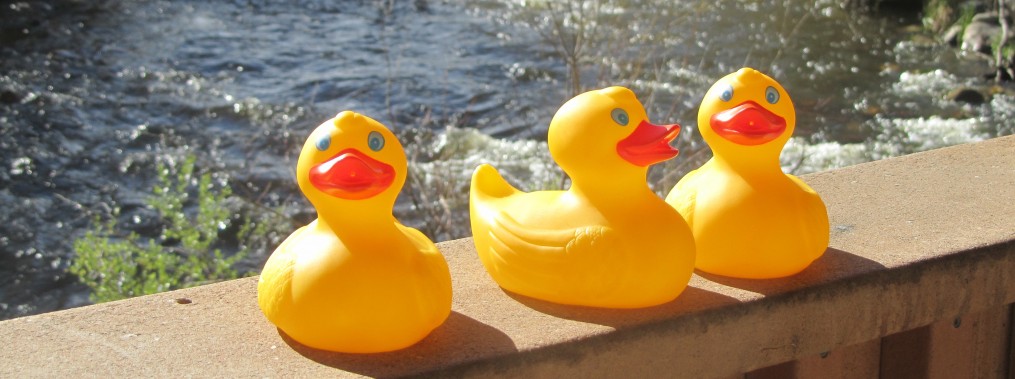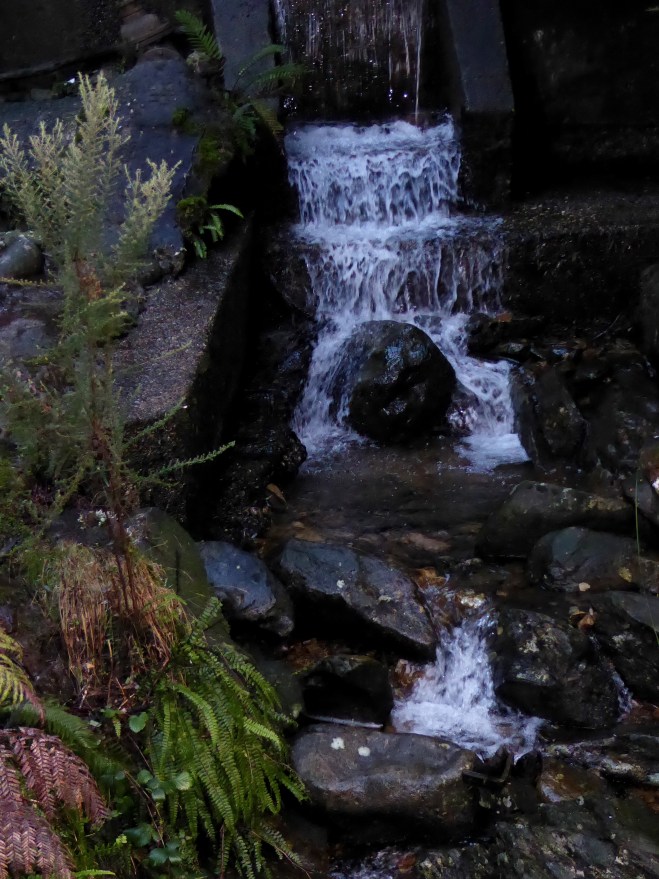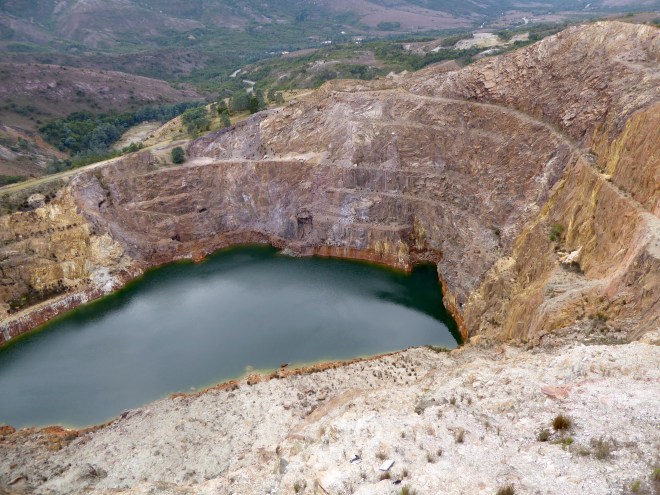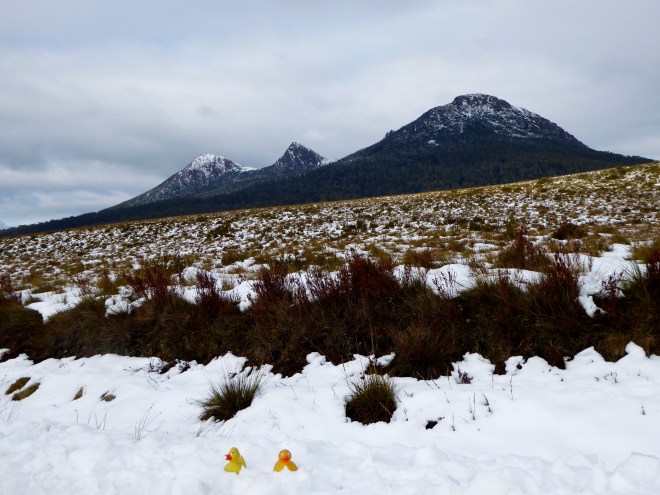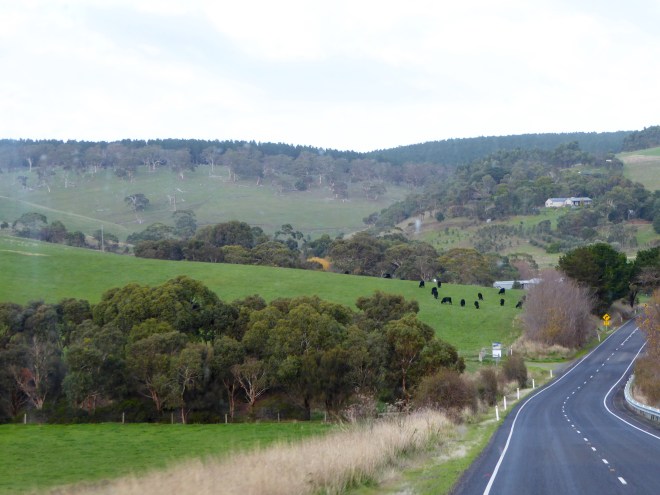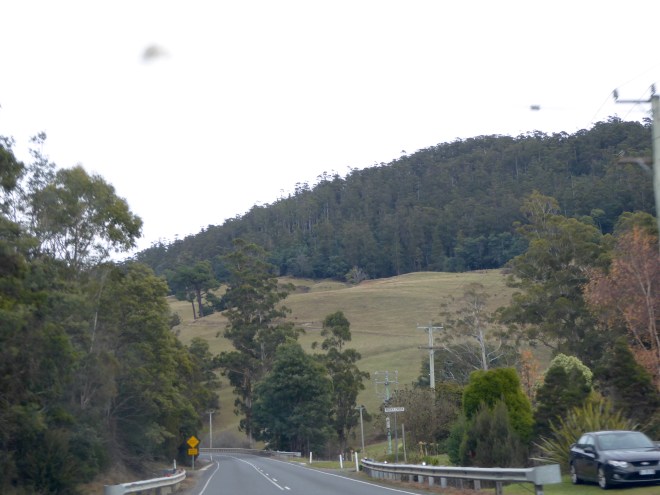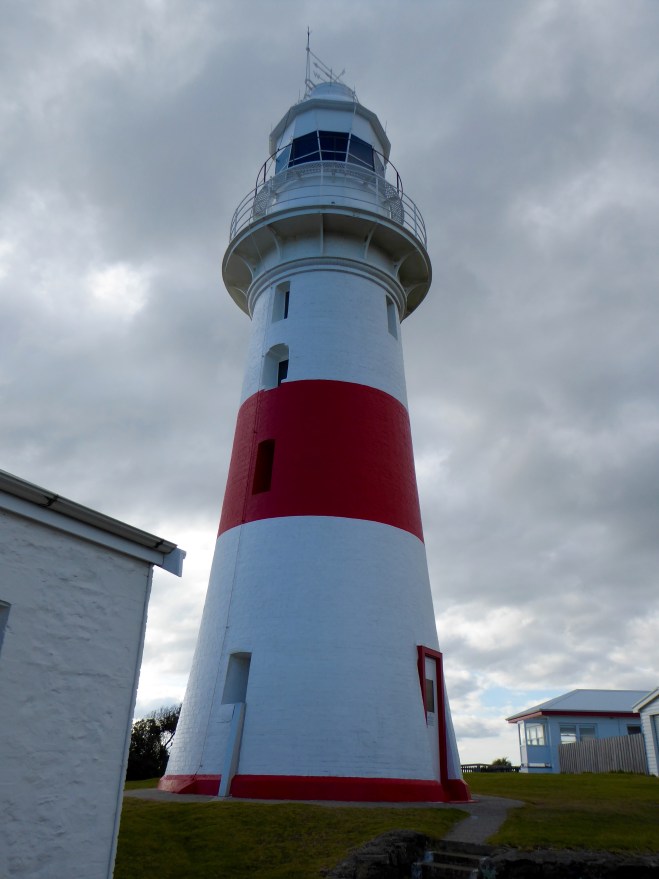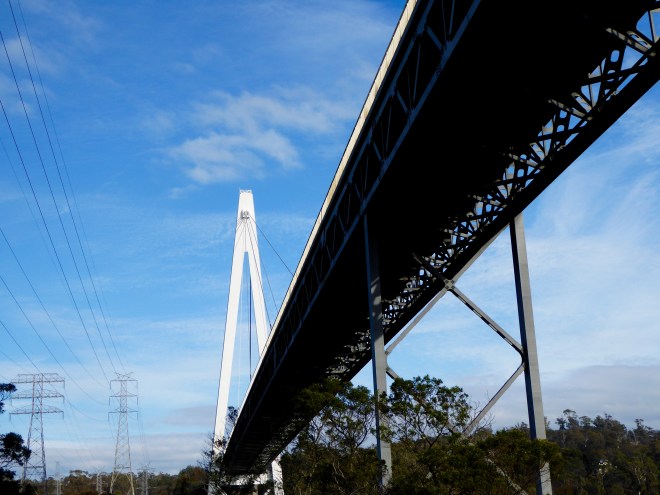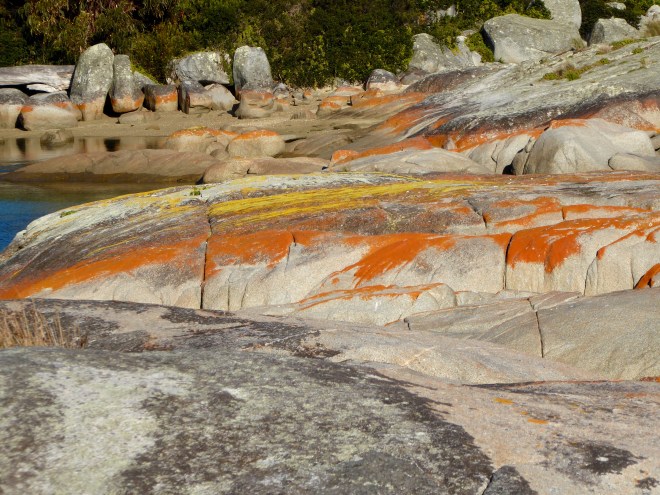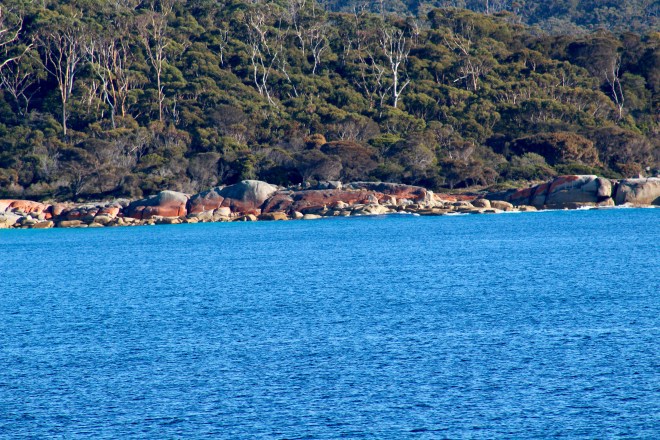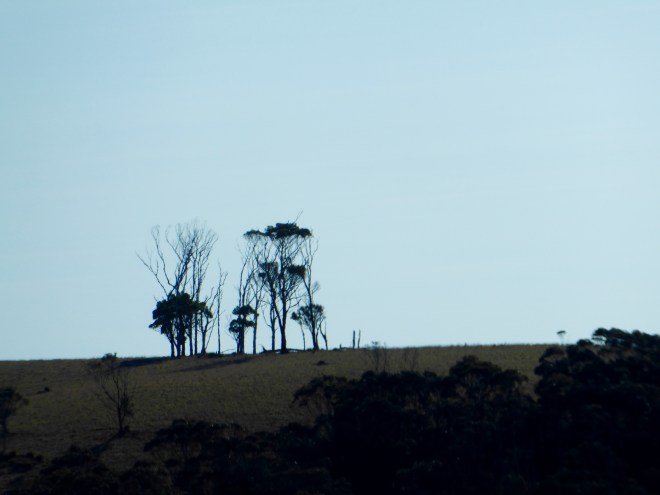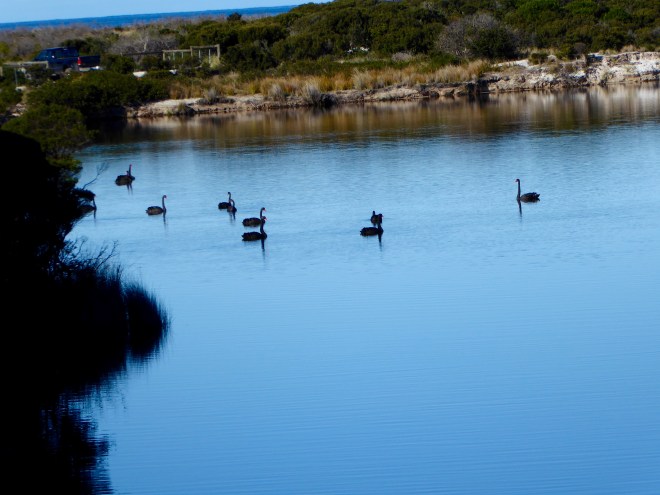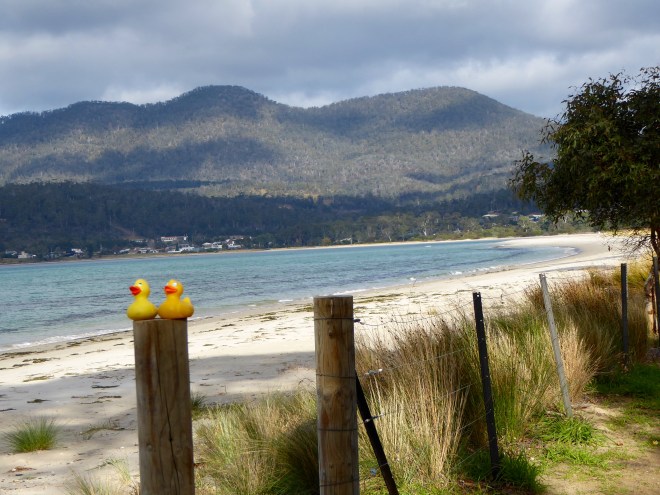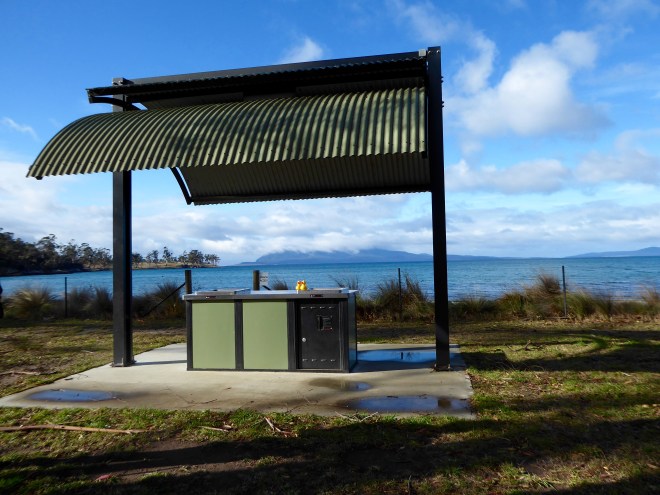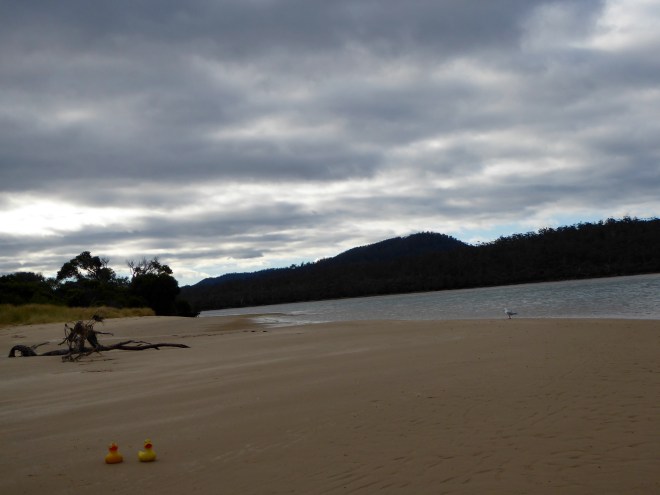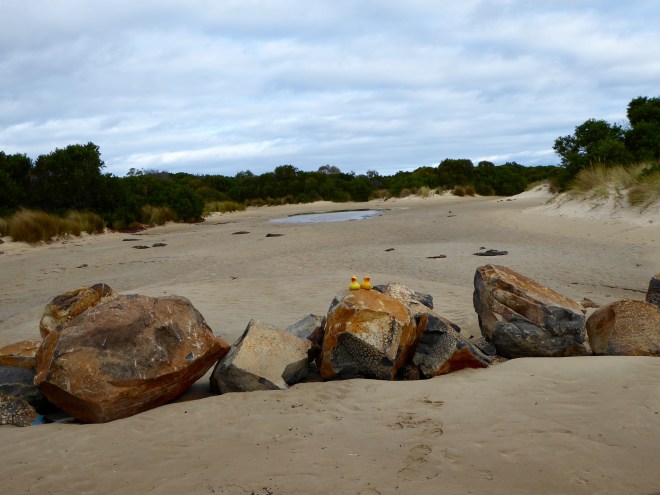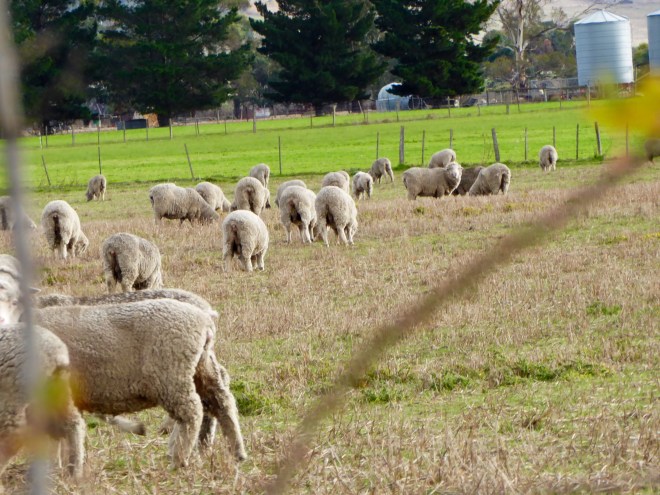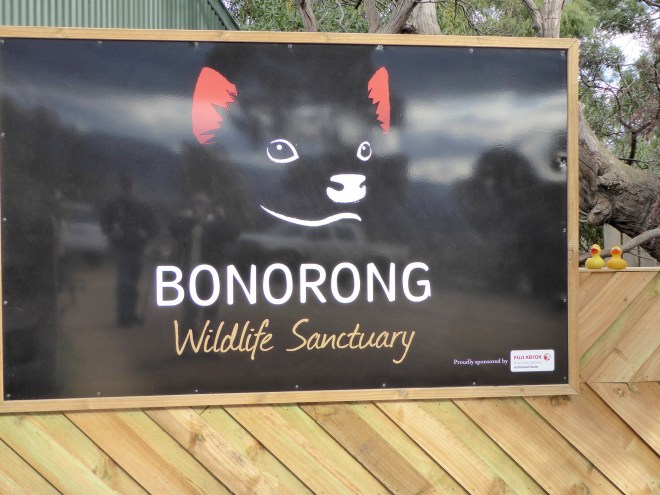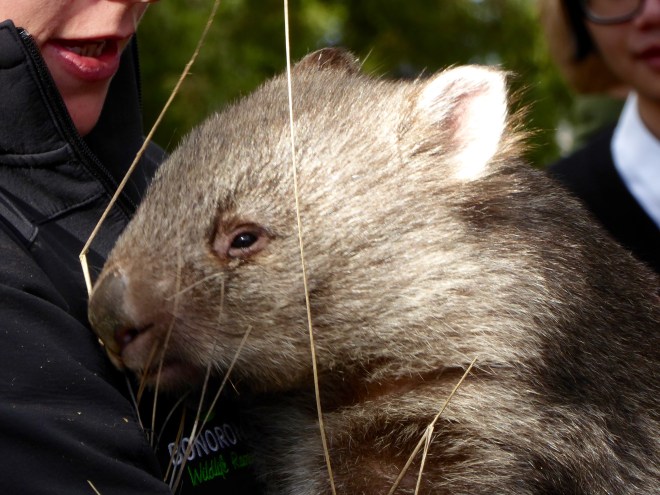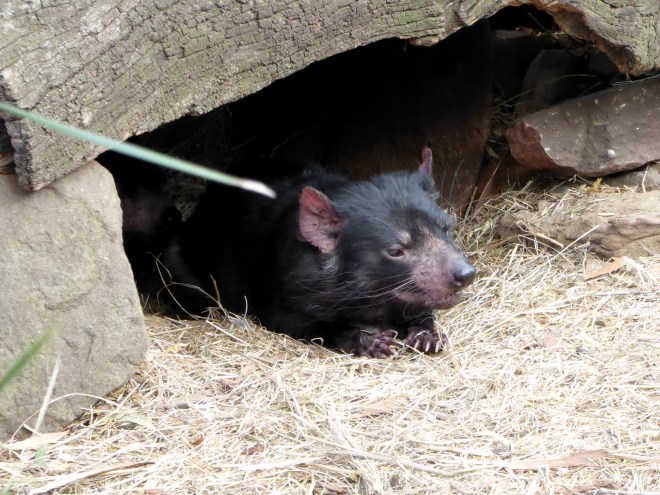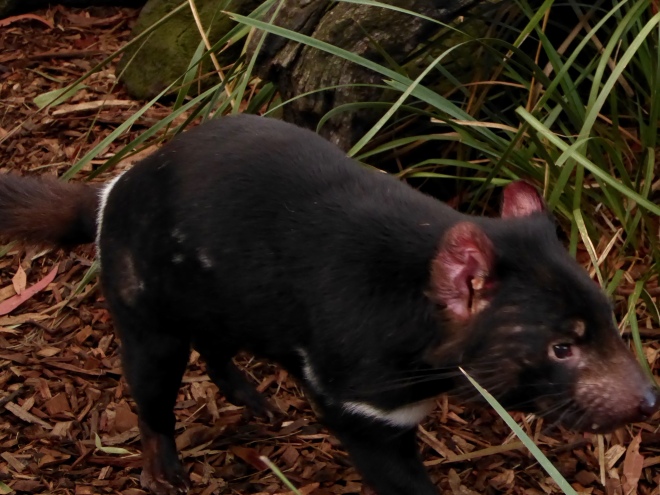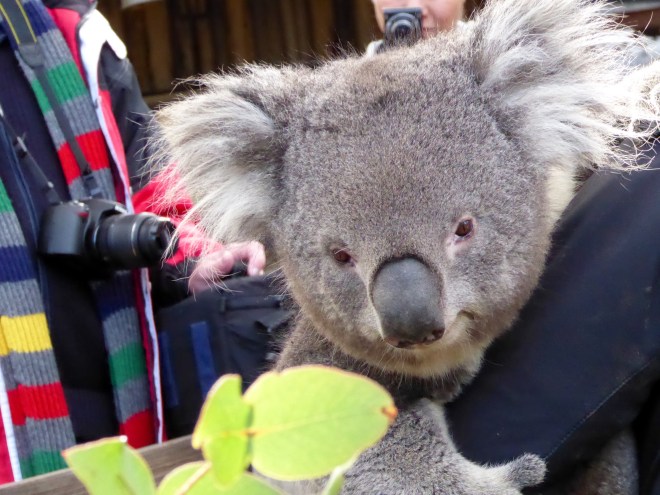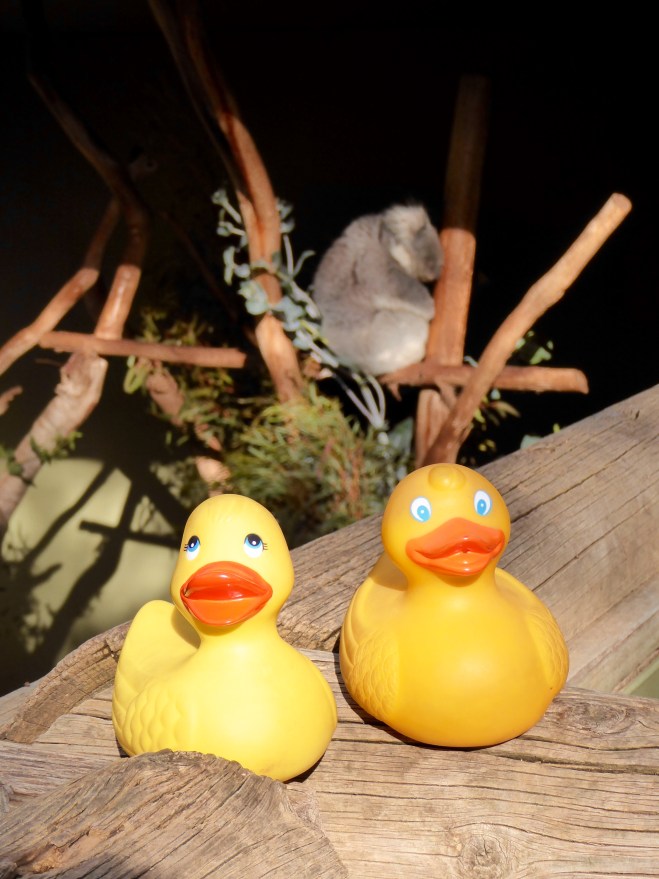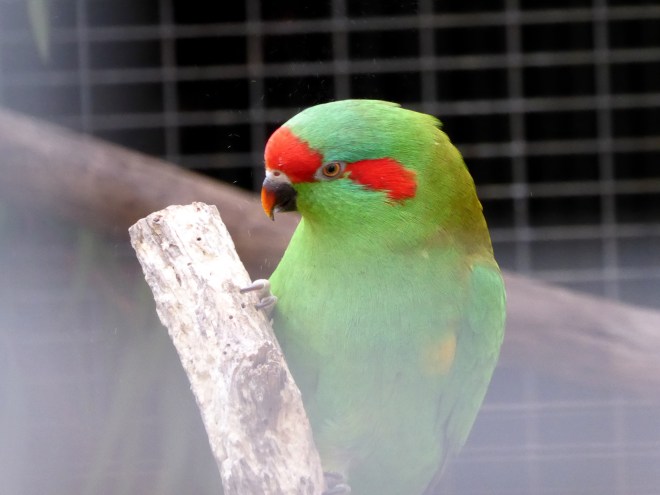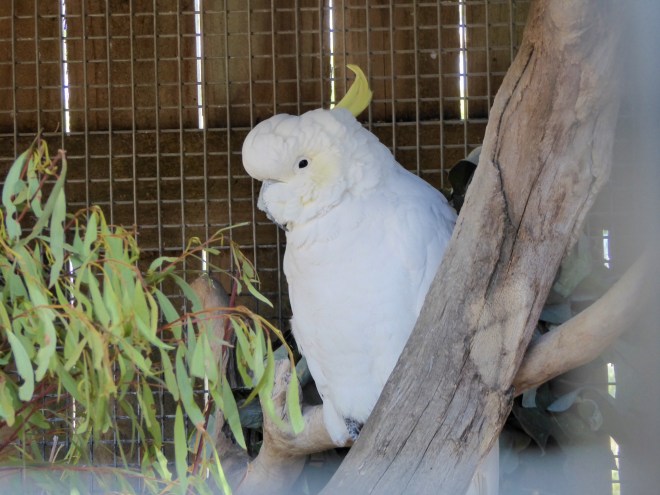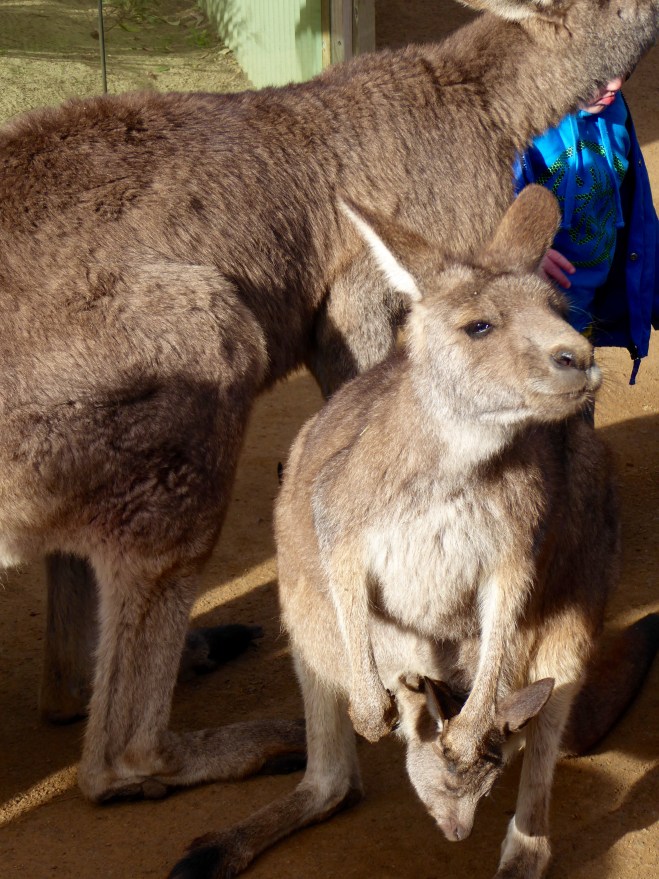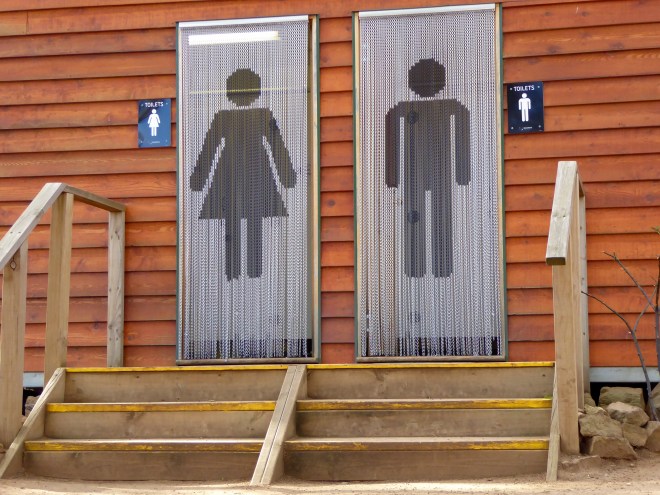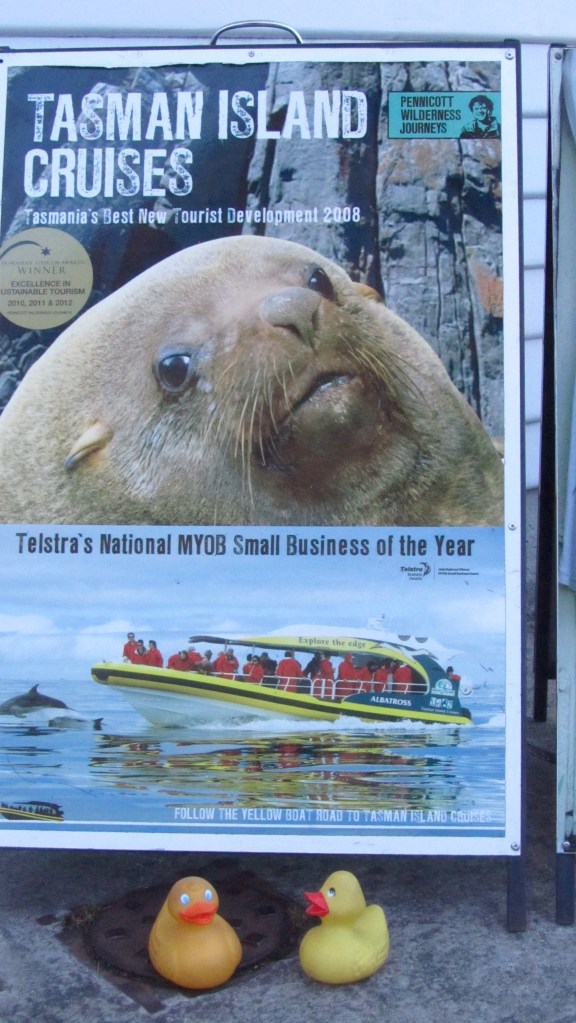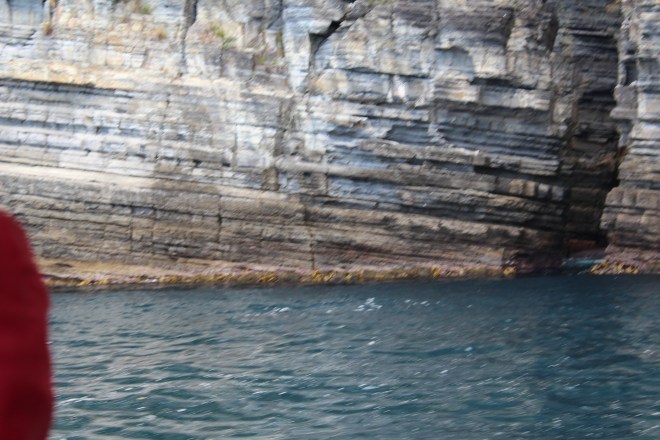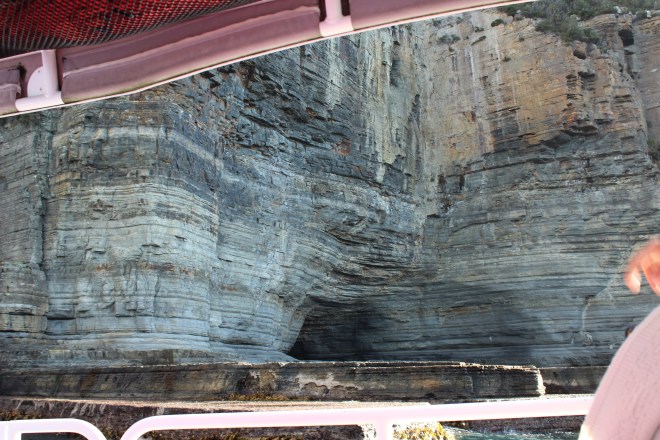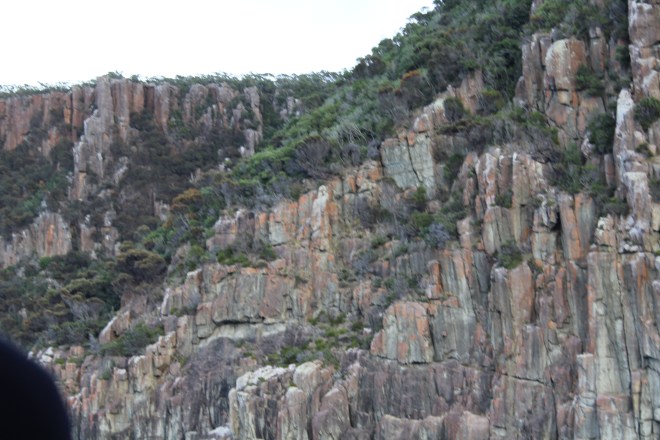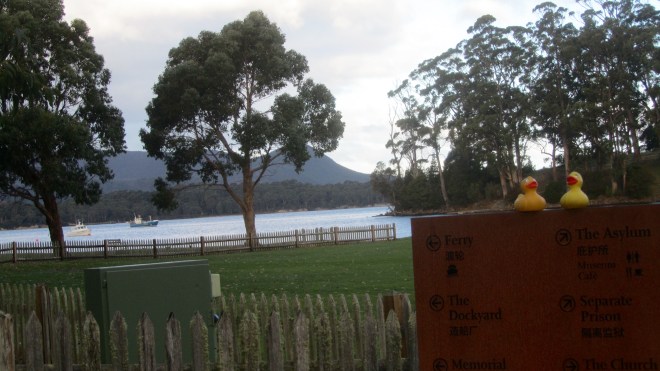Zeb and Eider Duck, with humans, leave Burnie, Tasmania for a long drive. We want to see the western part of Tasmania, but we have to return our car tonight, in Hobart. It is pretty cold today. The valleys have fog.
We stopped to admire this waterfall,
near Roseberry. We like the rainforest.
We are now in a mining area of Tasmania.
This is Queenstown.
In the late 1800s gold, silver and copper were mined here.
We stopped at this lookout.
We looked down into the mining area.
Looking ahead we see fresh snow on the mountain. Mom is going to put us in the snow.
We stopped at the East West Divide. The snow has just about stopped. Coming out of the mountains, we really like this green, hilly landscape.
So much change in the land in so few miles. We still see flocks of sheep, but we also see many herds of cattle. We really like Tasmania. The scenery is breathtaking and the people are very friendly and helpful. This is an island for hiking, camping and enjoying the outdoor lifestyle. However, we want to caution you that the roads are rather narrow with so many curves.
If you have a camper you may find driving difficult, so please be careful. This is our last day in Tasmania.
We will miss it, but we are eager to explore other parts of Australia.
